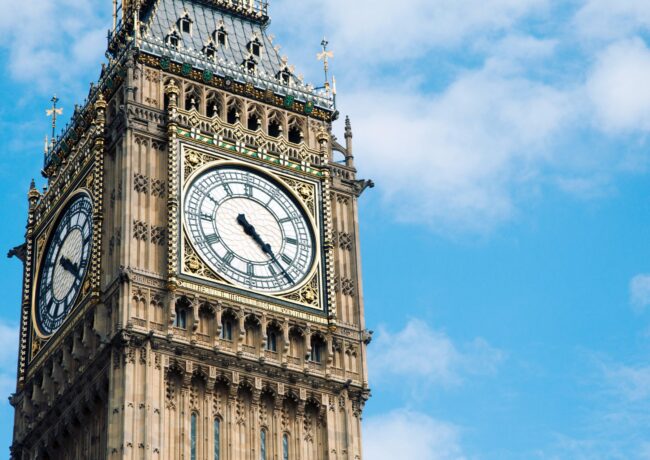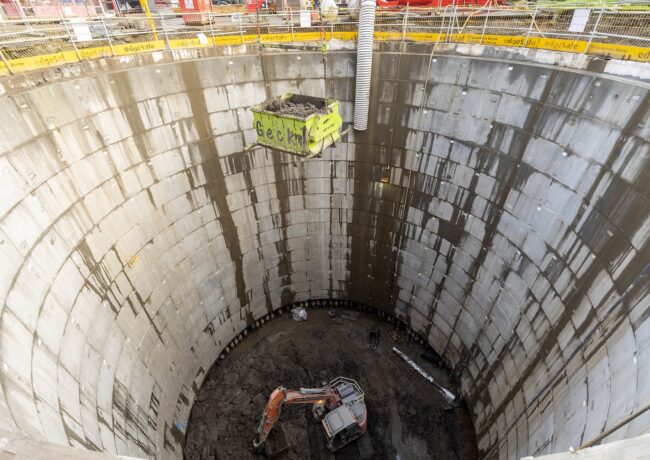IN FOCUS | Building Safety Bill is ‘reset’ for development
The proposed legislation from housing secretary Robert Jenrick is being touted as a “building safety overhaul”.
Introduced on 5 July, the bill draws from Dame Judith Hackitt’s ‘Building a Safer Future’ report. It advocates for safety to be at the heart of the building process by encouraging increased documentation, creating a new overseer to enforce rules and enabling residents to have more say in how their building is run.
Key points from the bill:
- A new Building Safety Regulator will be responsible for ensuring building safety risks in high-rise residential buildings are effectively resolved. The new position’s tasks will include making sure safety is a factor considered in each phase of development, from the design and planning to construction and completion.
- Building owners will have to keep a paperwork trail. This means having processes in place for documentation of the safety of a building throughout its lifecycle.
- More regulations are coming. The bill not only would create a new framework for designing, construction and managing homes, but it also would make and strengthen regulations to make sure products are safe.
- Homeowners can claim compensation for sub-standard construction work for up to 15 years. This action is retrospective, meaning those living in buildings constructed in 2006 can file claims.
What people are saying
The safety experts
“This is a reset for construction and design and how fire and safety are considered,” said Max Meadows, director at Liverpool-based Project Four Safety. The company specialises in helping clients comply with CDM regulations. He and his team have been studying the draft version of the safety bill for months.
“I think we’re in for a rocky 12 months,” said Alan Robson, Meadows’ fellow director.
The Project Four Safety team are not waiting to see if the legislation passes. They are already implementing some of the guidance.
Part of that guidance is having clear processes for documenting safety work. It is something that the industry has needed for a while, according to Robson. Such processes have existed for HR, finance and marketing, he pointed out.
For Robson, the key with compliance will be appointing safety experts from the get-go and retaining them for the life of the project.
“The earlier we can get appointed, the more value we can add,” Robson said. “Early appointments is going to be key to successful delivery in this legislation.”
The position of the Building Safety Regulator may also give teeth to the safety procedures, something that was missing with CDM when it passed in 2015. Six years after those safety procedures were released and there haven’t been any high-profile prosecutions, according to Robson. With no clear consequences, it has made it easier for developers to opt out. Robson is optimistic that this bill will fix that.
The cladding activist
The bill is a step in the right direction, but it doesn’t address the cladding crisis at hand, according to Giles Grover, co-leader of activist collective Manchester Cladiators.
While on paper the ability for homeowners to sue for substandard construction for 15 years sounds great, in practicality it does not help many facing high remediation costs to make their homes fire safe.
“How are lease holders going to be able to have the cost to take this action against the developer, who will be well-resourced and who will argue that they met the regulations at the time?” Grover asked. “We’ll be in the courts for two or three years or however long it takes.”
According to him, developers can afford to play the court game – lease holders cannot.
“It’s good that there’s redress and it might help some people,” Grover continued. “But for us this is no real change. Ultimately, the government has to take responsibility.”
He also pointed out that 15 years wasn’t long enough, noting that City Gate 1 and 2, two Manchester high-rises that had unsafe cladding, were fully complete in 2005. That’s too long ago for the bill.
At the end of the day, the bill doesn’t change the fact that remediation costs are coming in and residents are struggling to pay them. The government’s building regulations failed to protect people, Grover said. So he thinks that the government should step up and take responsibility.
The lawyer
“As soon as you start digging into the bill, it raises a whole host of questions,” said Jill Carey, director of Freeths law firm.
Carey specialises in property disputes between landlords and tenants. She thinks that this new bill will have more and more landlords and tenants seeking legal advice.
Their main concern: who will pay to make a building compliant.
The new bill doesn’t answer that question for those currently living in high-rise buildings, even if it does expand the time you have to file a claim.
That extension though only works so well. Landlords and tenants can’t sue an insolvent developer, Carey pointed out. With many companies opting to develop projects under special purpose vehicles, what’s to stop developers from shutting down the SPV when the job is done?
“15 years only helps you if your developer is still around,” she said.
If the developer is insolvent, is it then the landlord’s job to pay? Can they bill the tenants under the lease’s service charge? What if the changes aren’t necessary, but will improve the safety of the building – who should pay then?
“The question of who will pay for the works and do the works need to be done – that’s where we will see disputes,” Carey said.
Overall, the legislation relies on people working together. That may not be the case.
The Building Safety Bill is one of the three promised legislation efforts impacting the built environment from the Queen’s Speech earlier this year. The speech also promised planning reform and an environmental bill to tackle climate change.




